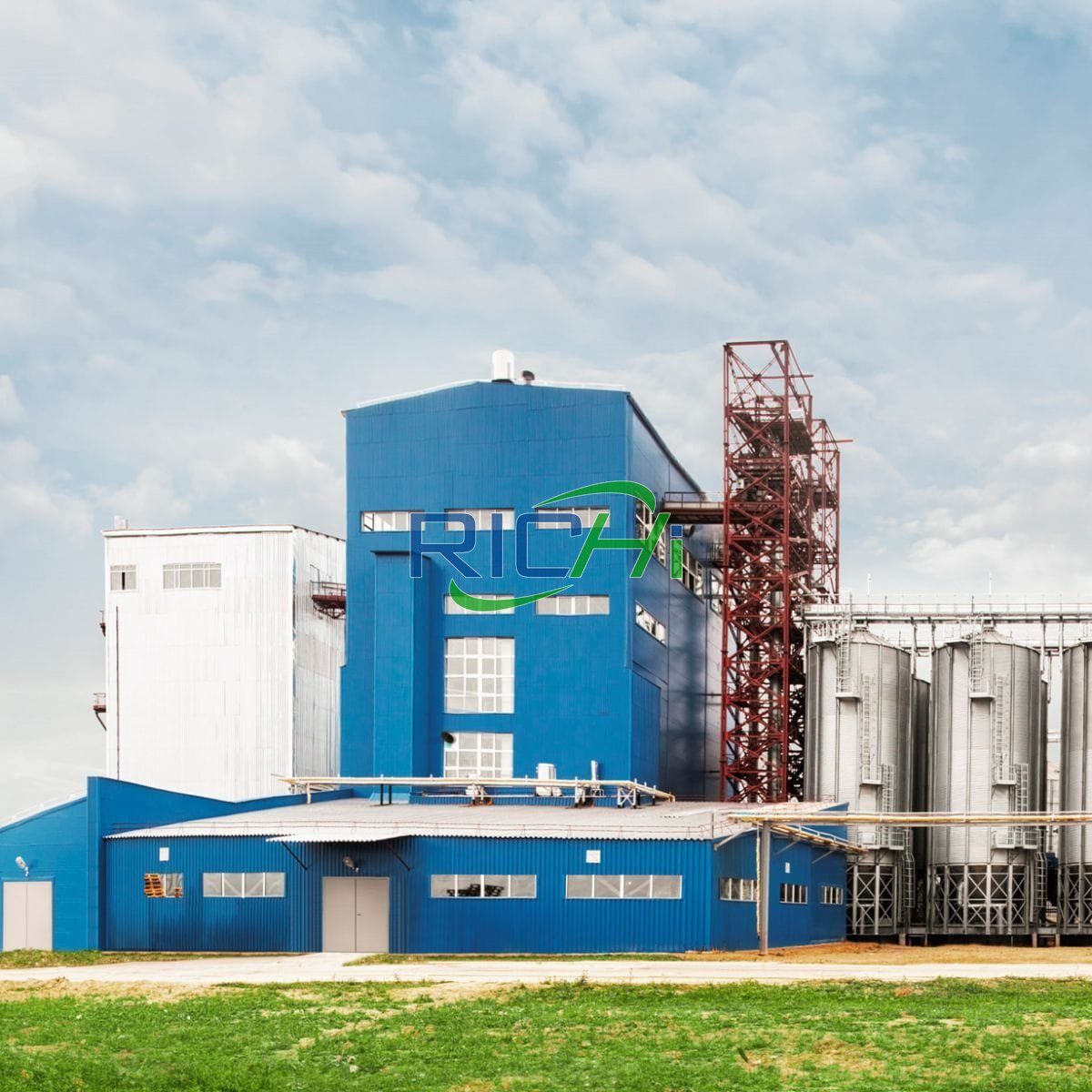The layout and design of a poultry feed plant are critical to ensuring efficiency, maintaining product quality, and meeting the increasing demand within Mexico’s thriving poultry industry. A well-planned layout not only boosts productivity but also ensures compliance with safety and quality standards. This article explores the essential considerations and components involved in optimizing the layout design for a poultry feed plant in Mexico.
Understanding the Mexican Context
Before diving into specific layout details, it’s essential to consider the unique aspects of establishing a poultry feed plant in Mexico:
- Climate Considerations: Mexico’s diverse climate necessitates strategic planning for raw material storage and product handling.
- Regulatory Compliance: Adherence to Mexican regulations regarding food safety, environmental protection, and worker safety is crucial.
- Local Raw Material Availability: Proximity to major grain-producing regions influences location and storage needs.
- Market Demand: Distribution of poultry farms across Mexico impacts plant location and production capacity planning.
Key Components of the Plant Layout
A well-designed poultry feed production line typically includes several critical areas:
- Raw Material Reception and Storage
- Grinding and Mixing Area
- Pelleting and Cooling Section
- Packaging and Warehousing
- Quality Control Laboratory
- Office and Administrative Area
- Maintenance Workshop
- Utilities and Services Section
Raw Material Reception and Storage
This area requires:
- Truck Weighbridge: Ensures accurate measurement of incoming raw materials.
- Unloading Area: Adequate space for simultaneous unloading from multiple trucks.
- Storage Silos: For bulk ingredients like corn, soybean meal, and wheat.
- Warehouse: Storage for bagged ingredients, micro-ingredients, and additives.
Design Considerations:
- Facilitate easy access for delivery trucks.
- Implement dust control systems to maintain air quality.
- Ensure proper ventilation to prevent moisture buildup.
Grinding and Mixing Area
Central to feed production, this area includes:
- Grinding Equipment: Hammer mills or roller mills for grain size reduction.
- Batching System: Precise weighing and proportioning of ingredients.
- Mixing Equipment: Horizontal or vertical mixers for uniform blending.
Design Considerations:
- Arrange equipment to minimize material transport distances.
- Install sound insulation to reduce noise.
- Allocate sufficient space for maintenance and cleaning.
Pelleting and Cooling Section
For plants producing pelleted feed:
- Conditioner: Steam conditioning of mash feed.
- Pellet Mill: Compaction of feed into pellets.
- Cooler: Reduction of pellet temperature and moisture content.
- Crumbler: Optional for producing crumbles.
Design Considerations:
- Ensure adequate ventilation to manage heat and moisture.
- Design for easy cleaning and maintenance access.
- Implement dust collection systems for air quality control.
Packaging and Warehousing
This area should accommodate:
- Packaging Lines: Bagging finished feed products.
- Palletizing Area: Efficient stacking and storage.
- Finished Product Warehouse: Properly ventilated with pest control measures.
Design Considerations:
- Ensure smooth flow from production to packaging to storage.
- Design for efficient truck loading and distribution.
- Implement inventory management systems for stock control.
Quality Control Laboratory
Critical for ensuring feed quality and safety:
- Sample Collection Points: Throughout the production process.
- Testing Equipment: Nutrient analysis, microbial testing, and physical quality checks.
Design Considerations:
- Centrally locate the lab for easy access from all production areas.
- Maintain isolation from production areas for a clean environment.
Office and Administrative Area
Includes:
- Management Offices
- Meeting Rooms
- Employee Facilities: Lockers, restrooms, break areas.
Design Considerations:
- Position offices for clear supervision of production areas.
- Ensure sound insulation against production noise.
Maintenance Workshop
Dedicated space for equipment maintenance:
- Tool Storage
- Spare Parts Inventory
- Repair Stations
Design Considerations:
- Centrally locate for easy access to all production areas.
- Provide adequate ventilation and safety equipment.
Utilities and Services Section
Houses:
- Boiler Room: Steam generation.
- Electrical Control Room
- Water Treatment Facility
- Compressed Air System
Design Considerations:
- Ensure accessible maintenance and emergency response.
- Implement safety measures and containment systems.
Optimizing Material Flow
Design the layout to:
- Sequence material flow logically from raw material reception to finished product storage.
- Minimize cross-traffic and backtracking.
- Use gravity flow where feasible to reduce energy consumption.
Safety and Environmental Considerations
Prioritize:
- Wide aisles and clear pathways for safe personnel and equipment movement.
- Dust control systems throughout the pellet plant.
- Proper waste management and recycling practices.
- Compliance with Mexican environmental regulations.
Future Expansion Considerations
Design with flexibility for:
- Additional storage silos or warehousing.
- Potential new processing lines.
- Increased capacity in utilities and services.
Conclusion
Designing an optimal layout for a poultry feed plant in Mexico requires careful consideration of local conditions, regulatory requirements, efficient material flow, and potential for future growth. By focusing on these key elements and customizing the design to Mexico’s poultry market needs, a highly efficient, safe, and quality-focused production facility can be achieved. Regular review and adaptation of the layout will ensure continued competitiveness and operational excellence in Mexico’s dynamic poultry industry.
